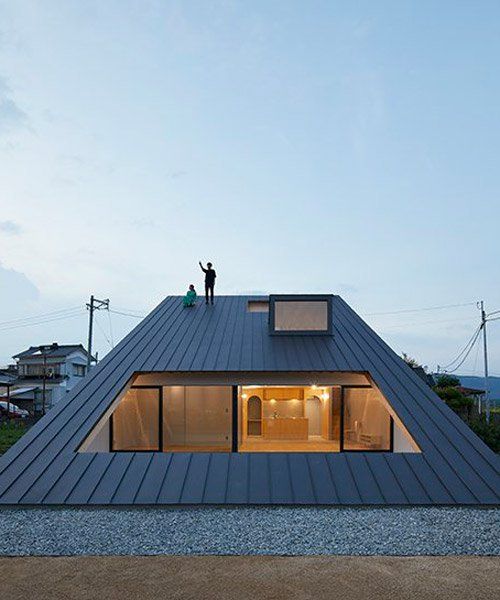
Choosing the Right Roof: Flat vs Sloped
Understanding Your Options
When it’s time to replace your roof, one of the first decisions you’ll face is choosing between a flat and a sloped roof. Each option has its unique set of advantages, challenges, and considerations, from aesthetic appeal and cost to longevity and climate adaptability. This guide aims to provide you with all the necessary information to make an informed decision that best suits your home’s needs. To understand the differences and benefits between flat and sloped roofs for your next project, contact us about your options and make an informed decision.
Key Considerations for Your Choice
The decision between a flat and sloped roof largely depends on personal preference, budget, architectural style, and maintenance requirements. Flat roofs are known for their modern aesthetics and energy efficiency, often coming with a lower initial installation cost. On the other hand, sloped roofs offer enhanced durability, a longer lifespan, and generally require less maintenance, making them a worthwhile investment despite the higher upfront cost.
The Impact of Architecture on Roof Choice
Matching Roof Styles with Home Design
The architectural style of your building plays a significant role in determining the most suitable roof type. Whether your home features classic designs that traditionally pair with sloped roofs or modern architectural styles that lean towards flat roofs, ensuring compatibility between your building’s structure and its roof is crucial for both aesthetic coherence and functional performance.
Advantages of Each Roof Type
Flat roofs offer a sleek, streamlined look that complements contemporary designs, while sloped roofs bring a classic allure to traditional homes. Beyond aesthetics, flat roofs can support additional structures like rooftop decks or gardens, adding functional value to modern homes. However, they require specific materials, such as TPO membranes, to maintain their longevity and performance.
Durability and Material Selection
Choosing Durable Roofing Materials
The durability of your roof is a critical factor in your decision-making process. Flat roofs typically have a lifespan of 12 to 15 years, with their durability potentially affected by water pooling and the risk of splitting. Sloped roofs, however, can last between 30 to 50 years, thanks to their design that effectively sheds water and minimizes the risk of water-induced damage.
Material Lifespan and Maintenance
Your choice of roofing materials, from asphalt shingles to slate tiles, can significantly impact the longevity and maintenance needs of your roof. Sloped roofs allow for a broader selection of durable materials, extending their natural lifespan and offering a long-term roofing solution.
Financial Considerations of Roof Replacement
Analyzing Installation and Maintenance Costs
Understanding the financial implications of your roof choice is key. Flat roofs may be less expensive to install but could incur higher maintenance costs over time. Conversely, sloped roofs might have a higher initial cost but typically feature lower ongoing maintenance expenses, thanks to their effective drainage design.
Making Economical Roofing Choices
When considering your new roof, it’s important to weigh both immediate and long-term financial impacts. Researching warranties and potential future expenses can help you make a sound economic choice that aligns with your needs and budget.
Energy Efficiency and Roofing Options
Evaluating Energy-Saving Features
The advancement of energy efficiency standards has added another layer to the decision between flat and sloped roofs. Flat roofs, often designated as ‘cool roofs’ by Energy Star, can significantly enhance energy savings, especially when equipped with solar panels or green roofing options. While sloped roofs may not offer the same level of solar panel integration, their energy efficiency can still be optimized through material choice and insulation.
Conclusion: Making the Informed Decision
Choosing between a flat and sloped roof involves a careful consideration of various factors, including architectural style, cost, durability, and energy efficiency. By understanding the unique advantages and limitations of each roof type, you can make a decision that enhances your home’s functionality, aesthetic appeal, and overall value.